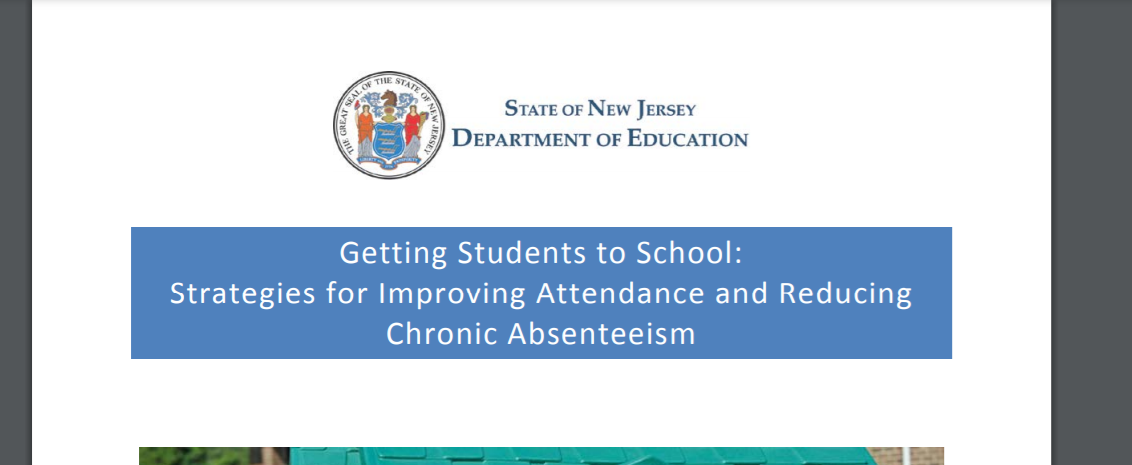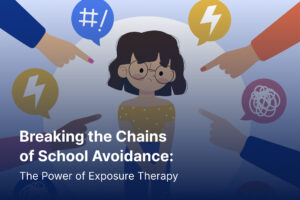Chronic school absenteeism is an issue that schools, states, and the federal government have on their radar. When they talk about chronic absenteeism though, they aren’t necessarily addressing school avoidance.
We looked through this State of New Jersey Chronic Absenteeism guide to learn how they advise schools. Many of their strategies are identical to what school districts use successfully to get their school avoidant kids back.
When states and agencies talk of chronic absenteeism it seems they are thinking of kids who come from disadvantaged homes, families where English is the second language, or homes where education isn’t valued.
It’s unclear why school avoidance absenteeism isn’t specifically referenced when addressing this issue. However, some of their guidance is right on the money.
The following guidance they share is what we would like schools to use for school avoidance as well.
- Advising schools to intervene early at the first signs of regular or excessive absence
- Utilizing Intervention and Referral Services or collaborative problem solving teams for individualized strategies and interventions for responding to absences due to learning, behavior or health difficulties.
- If a disability is suspected, the child should be referred to the school’s child study team.
- If the student has an IEP, an IEP meeting may be needed to discuss and identify supports and services to improve attendance.
- Have school staff make home visits to engage and build trustworthy school connections
- Build relationships with families on their home turf by offering a home visit. When educators invest upfront in relational home visits, attendance improves.
- To build strong, positive relationships between school staff, students and families to create an overall positive school climate
- Creating a welcoming environment that makes students and families feel connected to school; and taking positive and early action when a student is absent
- If permitted by the district, screen students for childhood trauma and make evidence-based treatment available to them.
- Refer students for additional support and evaluation as needed. For instance, if a student is dealing with anxiety, a school support person such as a social worker, mentor, counselor or psychologist may be able to assist the student or suggest outside resources to parents that they may utilize.
- Offer students and families alternative educational structures to best accommodate barriers to school attendance
- Develop personal connections with students who are in danger of, or are currently chronically Absent
- Make personal calls to families of at-risk students if a student is absent
- Make home visits for students who have excessive absences
- Contact families and provide supportive community mental health resources
- Create collaborative supportive relationships with the family-
Some great prevention strategies they note are:
Welcome each family and child at the beginning of the year. There are many good examples:
- A smile and a high five as students board the school bus.
- Staff ready to greet families and students at drop-off points and offer directions.
- A friendly greeting to each family and student at the classroom door.
- A postcard or note welcoming the student to your classroom or a phone call before school begins.
- Choose a personal and positive way that says, “I’m glad you are here. I look forward to being your teacher and seeing you in school every day.”
The state guide below is a flip book that you can read through. Just click it and and you will see arrows to see the pages






